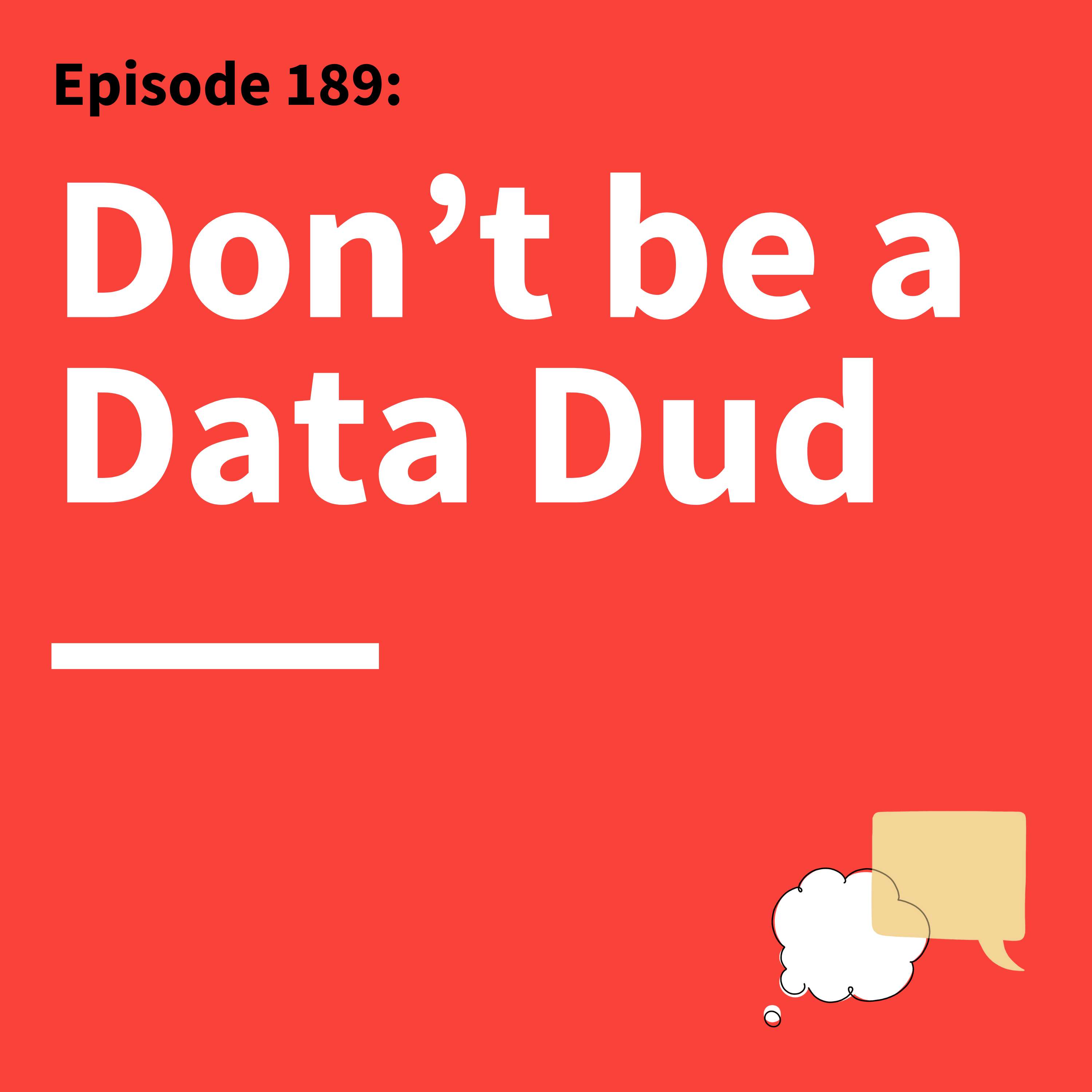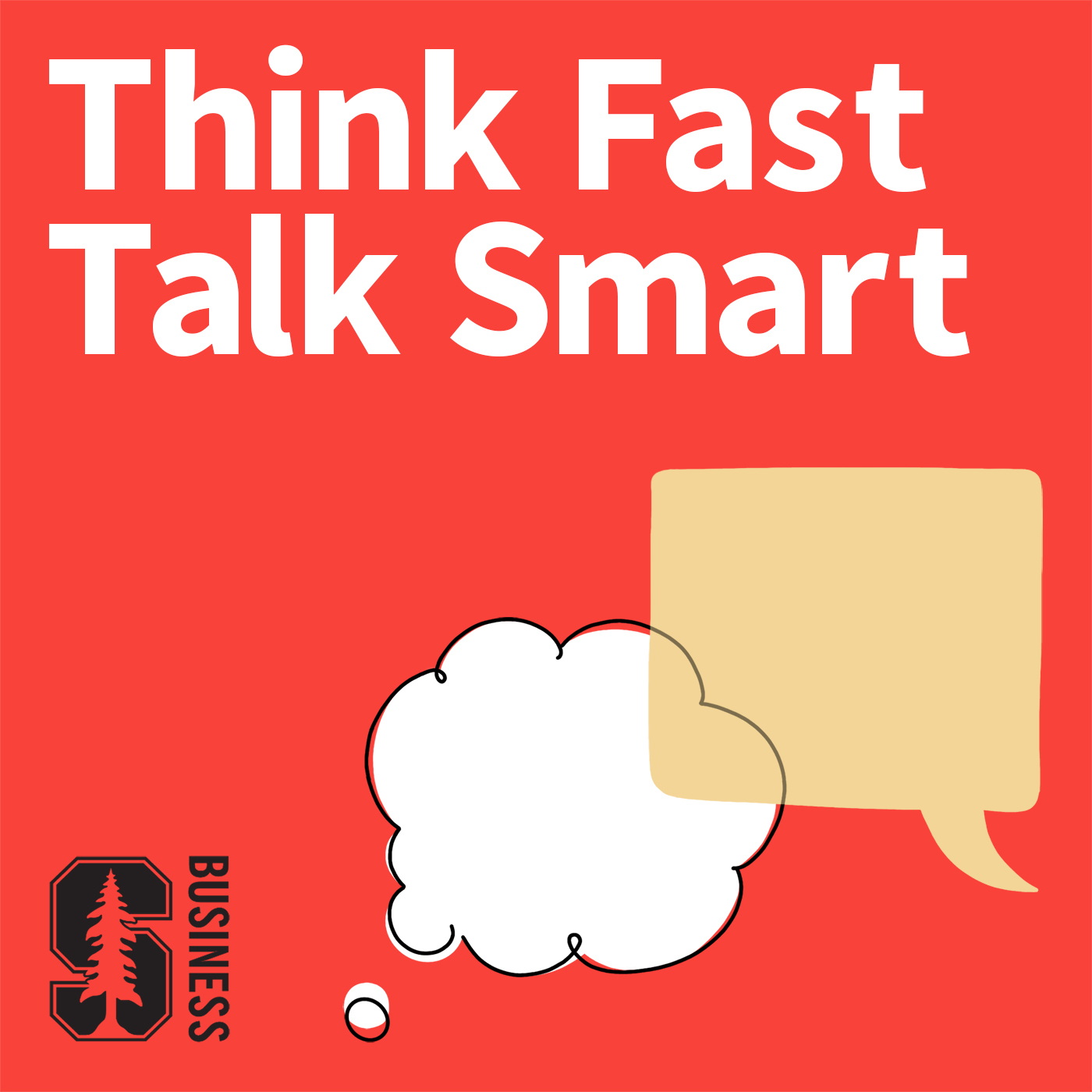
189. Numbers Need Narrative: Use Data to Influence and Inspire

Think Fast, Talk Smart: Communication Techniques
Deep Dive
Shownotes Transcript
Why numbers are only as compelling as the narratives we attach to them.
Facts and figures can be your friend, but before you load your presentation full of data, Miro Kazakoff) has a word of caution: “Data’s objective, but people are not.”
You might think that your data speaks for itself, but Kazakoff says numbers need a narrative. A senior lecturer at MIT Sloan School of Management and author of Persuading with Data: A Guide to Designing, Delivering, and Defending Your Data), he says the key to making data persuasive isn't about showing more information — it's about understanding your audience well enough to know how to relay it in a way that will connect with them. "The people who get good at this are not so much the people who can talk and draw graphs well, but the people who can listen the best. It starts with is empathy.”
In this episode of Think Fast, Talk Smart), Kazakoff joins Matt Abrahams to explore how to transform complex data into clear, compelling communication. From avoiding the "curse of knowledge" to effectively orienting your audience through visualizations, he shares practical strategies for making your data not just informative, but persuasive.
Episode Reference Links:
- Miro Kazakoff)
- Miro’s Book: Persuading with Data)
- Ep.49 Make Numbers Count: How to Communicate Data Effectively)** **
Connect:
- Premium Signup >>>> Think Fast Talk Smart Premium)
- **Email Questions & Feedback **>>> [email protected]
- Episode Transcripts >>> Think Fast Talk Smart Website)
- Newsletter Signup + English Language Learning >>> FasterSmarter.io)
- Think Fast Talk Smart >>> LinkedIn), Instagram), YouTube)
- Matt Abrahams >>> LinkedIn)
Chapters:
(00:00) - Introduction
(02:14) - How to Use Data Persuasively
(04:01) - The Curse of Knowledge in Data Communication
(06:26) - The Best Way to Present Data Visually
(08:41) - The Role of Context in Making Data Meaningful
(10:53) - Orienting Your Audience When Presenting Data
(13:29) - Storytelling in Data Communication
(15:30) - The Final Three Questions
(20:29) - Conclusion
********Become a Faster Smarter Supporter by joining TFTS Premium).